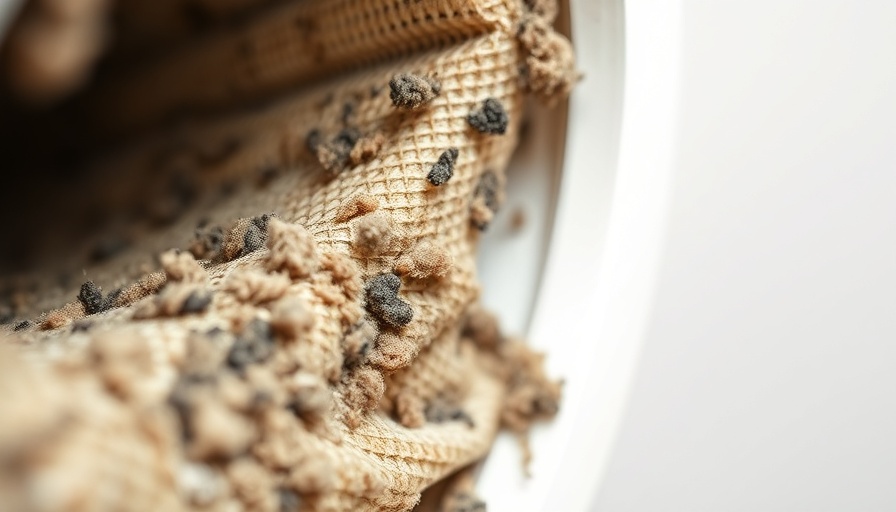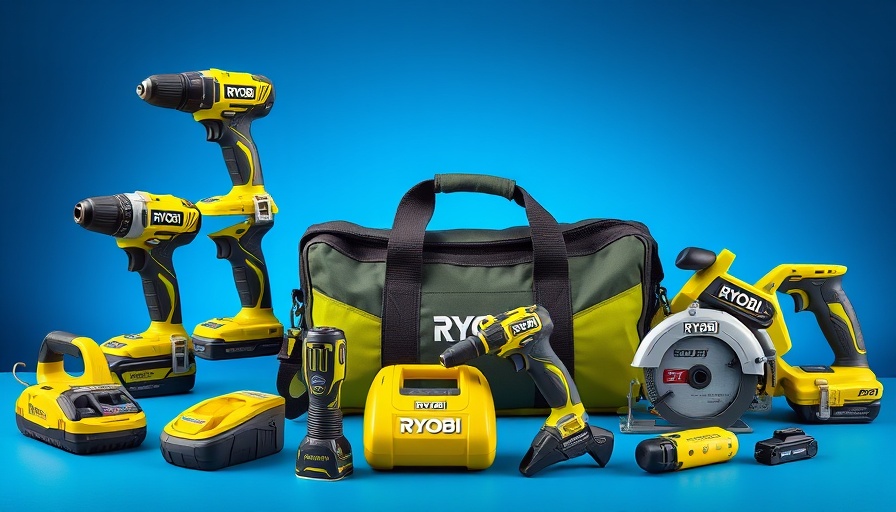
Why Mold in Your Air Ducts is More Than Just a Nuisance
Mold in your air ducts isn’t just an aesthetic issue; it poses significant health risks that can impact the well-being of everyone in your home. The HVAC system circulates air throughout your abode, meaning any mold present has the potential to spread rapidly. As numerous studies indicate, exposure to mold can lead to allergy-like symptoms such as sneezing, coughing, and even more severe respiratory difficulties. Understanding how mold proliferates and spreads through your HVAC system is essential.
Identifying Mold in Your HVAC System
First and foremost, recognition is critical. Mold in HVAC ducts often starts as a musty odor. It can be a subtle initial sign, but it typically becomes more pronounced when the system runs. Other indicators include visible mold growth in and around ducts, on evaporator coils, or in drain pans. If you start experiencing unexplained allergy symptoms when your AC is functioning, this could hint that mold is indeed the culprit.
How Mold Flourishes in Your HVAC System
Mold growth primarily thrives in damp, poorly ventilated environments. Common contributors to mold in HVAC systems include:
- Excess Moisture: This is the primary factor that facilitates mold growth. If your home experiences leaks or is located in a high-humidity area, mold may find the perfect environment to develop.
- Poor HVAC Maintenance: Neglected cleaning schedules for filters and ducts can lead to dust and grime accumulation, exacerbating moisture retention.
- Improperly Sized AC Units: If an air conditioning unit is oversized, it may cool the air too quickly without removing enough humidity, leading to moisture buildup.
How to Confirm Mold Presence: Testing and Inspection
If you suspect mold in your HVAC system, there are various approaches to confirm its presence. Visual inspections and olfactory cues often suffice. However, in some cases, conducting thorough mold tests through kits or hiring a professional can provide definitive answers. Professionals can also perform a comprehensive assessment, capturing samples to identify mold species and contaminant levels.
Step-by-Step Guide for Mold Removal
Addressing mold in your air ducts can be daunting, but it’s crucial for maintaining healthy indoor air quality. For small infestations, you might consider tackling the problem on your own:
- Turn Off Your HVAC System: This prevents mold spores from spreading through your home while you work.
- Assess the Contamination Size: If the mold covers an area larger than 10 square feet, it's advisable to seek professional help.
- Clean or Replace Duct Filters: Begin by replacing air filters and ensuring that there’s no further contamination.
- Perform Cleaning: Use a mold-removal solution, avoiding harsh chemicals that might damage your ductwork, and thoroughly wipe down affected areas.
- Consider Professional Assistance: For larger issues, call in an HVAC specialist to ensure complete and safe mold removal.
The Financial Cost of Mold Removal
Costs associated with removing mold from air ducts can vary significantly, averaging between $1,125 to $3,439, depending on the severity of the infestation and whether professionals are hired. Though it may seem costly, investing in proper mold remediation is often more economical than dealing with long-term health implications or extensive repairs from mold damage.
Preventing Mold Before It Starts
Taking proactive steps can help prevent mold from taking root in your HVAC system:
- Maintain Humidity Levels: Keeping indoor humidity under 60% is critical. Dehumidifiers can be your best ally in high-moisture environments.
- Regular Maintenance: Schedule inspections and routine cleaning for your HVAC system to catch potential problems early.
- Seal Condensation Areas: Ensuring that your home’s air ducts are insulated and sealed can help prevent moisture buildup.
By following these steps to monitor and maintain your HVAC system, you’ll significantly improve your indoor air quality and protect your household from potential health issues related to mold exposure.
As a homeowner, ensuring a clean environment isn’t just a preventative measure, but a necessary investment in your family's health and wellness. Don't neglect your HVAC system and consider scheduling a professional inspection today!
 Add Row
Add Row  Add
Add 






Write A Comment